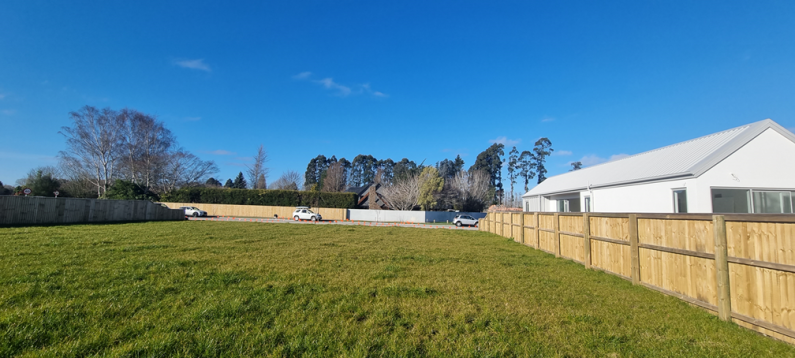Choosing the Right Site for Your New Home

Landing on the Right Site for Your New Home
Building your dream home can be as challenging as it is rewarding. No new home build project can really get serious without securing a site on which to build your new home. Finding the right site can be a challenge and comes with potential unforeseen issues, so it’s important to go into the process with your eyes open and be prepared to compromise on some things. The perfect project does not exist, so acknowledging this upfront can help expedite projects and maintain relationships with your better half!
When you begin your search, it’s crucial to use effective search terms like “Land for sale near me” to find local options quickly. This can save time and give you a good starting point. Additionally, consider exploring “Best places to buy land for building a house” to identify regions that are recommended for new home construction.
Here are some key factors to consider when looking at a potential site for your new home, broken down into the 4 L’s:
- Location: As they say, location is everything. Is the site in a location that you want to live in? How does it compare to other options available on the market? Use searches like “Best places to buy land for building a house” to compare different regions. Consider proximity to work, schools, amenities, and recreational facilities. Evaluate the neighborhood's safety, noise levels, and overall vibe. Future developments in the area can also impact your decision, making a location more appealing or less desirable.
- Legal: Is your site a legal entity and title that you can purchase? What encumbrances or easements are associated with the site you’re considering? It’s always a good idea to check out the legal status and implications of a site before making any financial commitments. Consulting with a property lawyer can help you navigate complexities like zoning restrictions, heritage overlays, or local council regulations that could impact your building plans. Searching “Land buying guide for new home builders” can provide useful insights into legal considerations.
- Land: What’s the ground like? This can significantly impact your budget. The land conditions are the biggest variable in estimating a build project cost. Once you have a flat slab or floor of some type provided, the build costs of the home are relatively straightforward and can be estimated with some degree of accuracy by a quantity surveyor or builder. However, getting to that floor level can come with lots of hidden costs. Use searches like “Cheap land for sale” to explore budget-friendly options. Consider what fencing is required, whether any retaining walls are needed, what ground bearing conditions exist that can support a structure, and if any remedial work needs to be done with extra fill. Additionally, check the availability of services such as power, water, and internet, and whether the site has stormwater and sewer connections ready to go.
- Layout: Can you design the home you want on the site you’re considering? Often the design of the home is dictated by the restrictions of the site (or opportunities, as you may call them!). The view may play a significant role in how the house is designed if there is an aspect of your surrounding environment that you want to see from inside your home. The physical size and dimensions of the site and its orientation to the sun can also limit what design layouts work for the site. Consider paying a designer or architect a modest fee to check some site layouts that might work before signing the sale and purchase agreement for the land. Searching “How to find land for a new home” can help you understand layout considerations and site potential.
- Leftover: Ok, we’re pushing the “L’s” a bit using that word, but bear with us. Your total budget for your new home build is what’s leftover from purchasing the site and any other costs associated with it. Say your budget is $1,000,000 and your site costs $300,000, then you have $700,000 leftover for the build. However, if there is $50,000 to be spent on the land to put a retaining wall in, then you have $650,000 leftover for the home. We have created a handy excel calculator you can download for a quick assessment of sites you’re considering. Find the link to download it at the bottom of this article.
Where Can You Look for Land?
Trademe is a great starting point, but remember to also get in touch with your local real estate agents who may know of land for sale that is not on the open market. Subdivision sites generally offers more certainty on costs, as they come with the services already provided. Additionally, attending local property auctions or joining community groups on social media platforms can uncover hidden gems that aren’t widely advertised.
Doing Your Due Diligence
Doing your due diligence on options for sites can eliminate heartbreak down the track when your available funds are not enough to build your dream home on the site you have purchased. Thoroughly researching and evaluating each potential site against the 4 L’s criteria can save you time, money, and stress in the long run. Consider hiring a professional to conduct a site survey and soil test to uncover any potential issues before you commit.
In Conclusion
Get this step right, and you’re well on the way to creating your amazing dream home! Take the time to find good advisors with experience in their respective fields to ensure there are no surprises.
Download the Excel Site Calculator to help you compare sites






